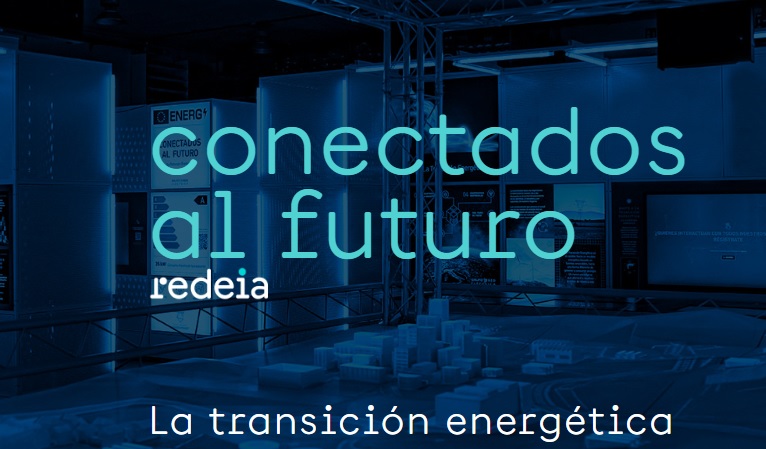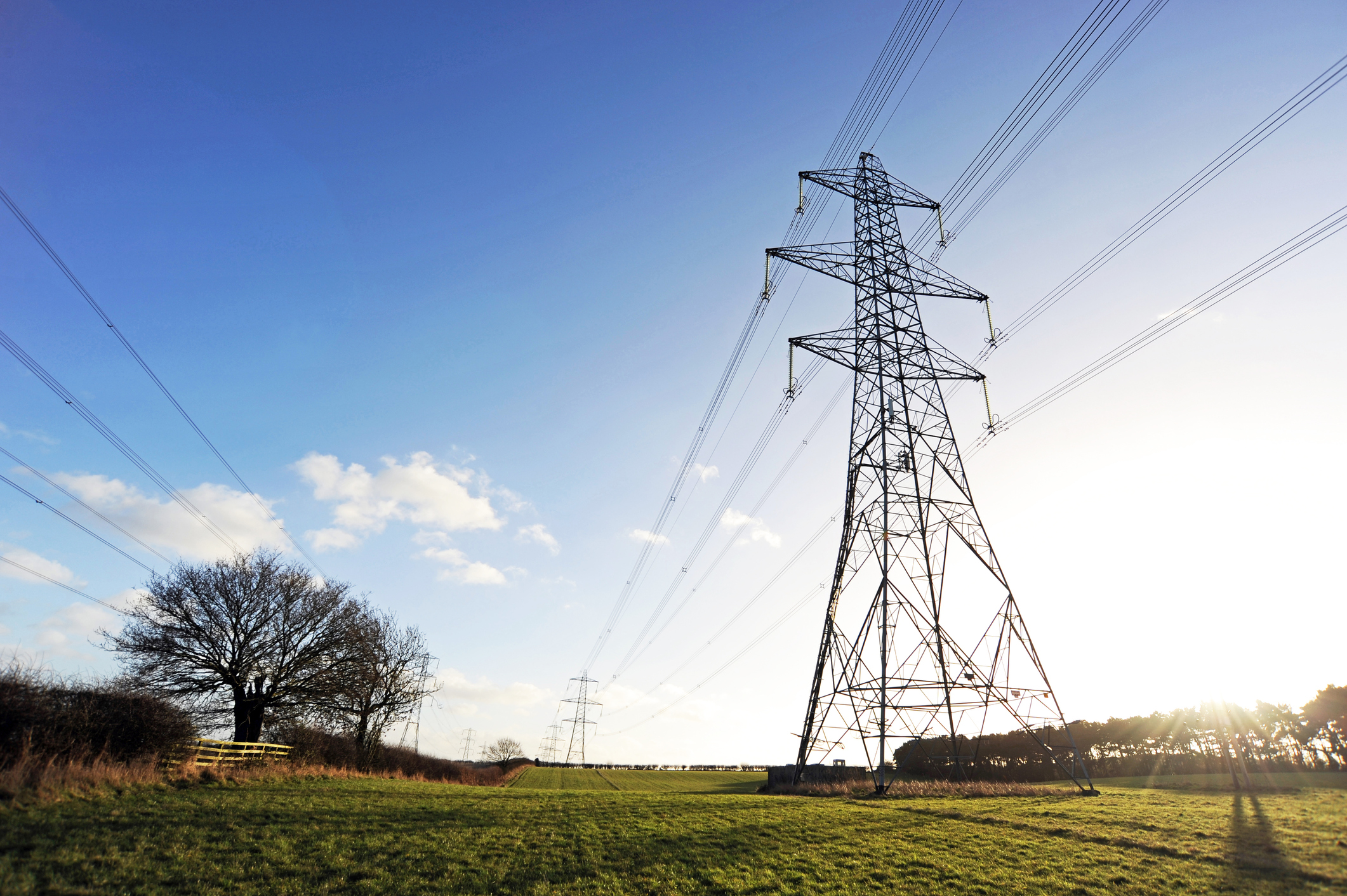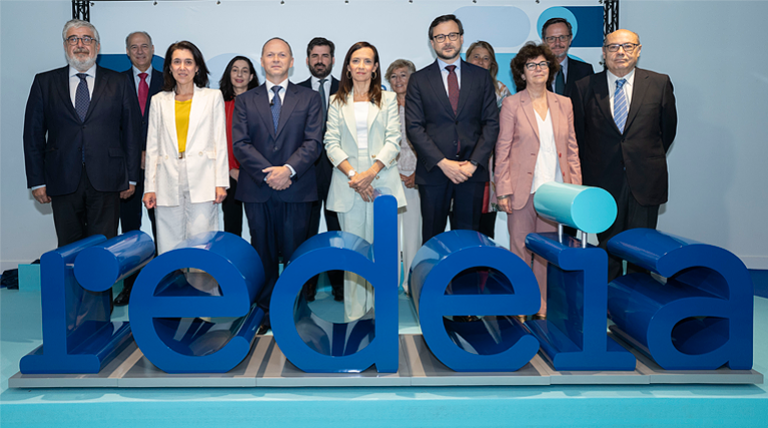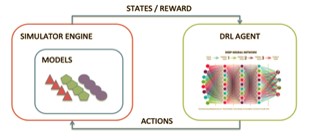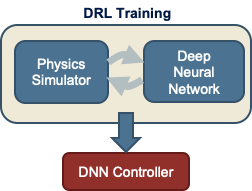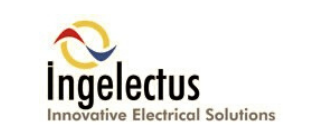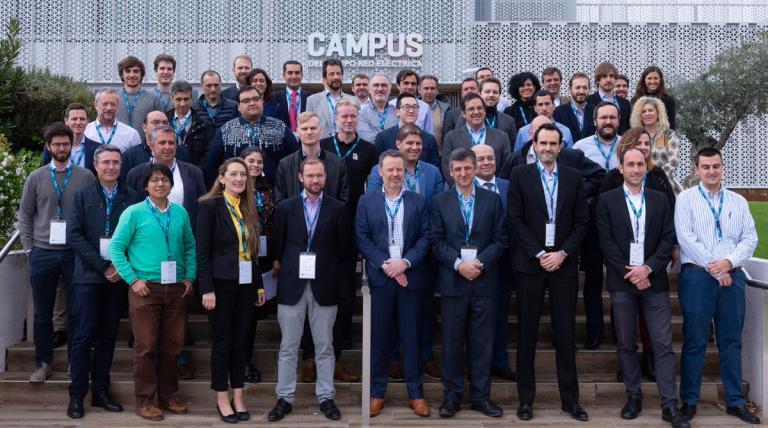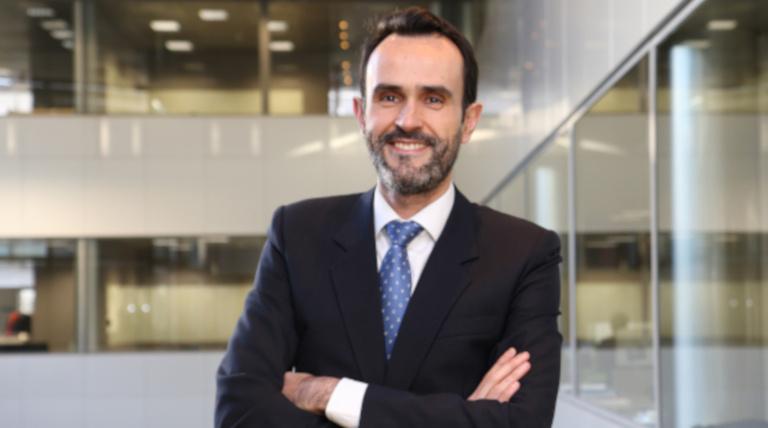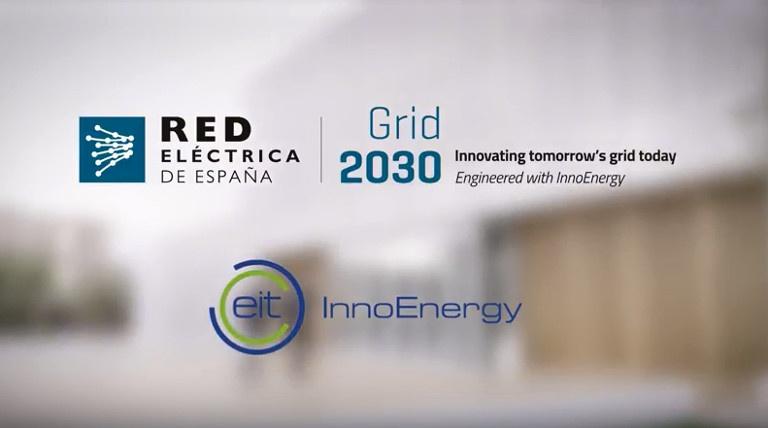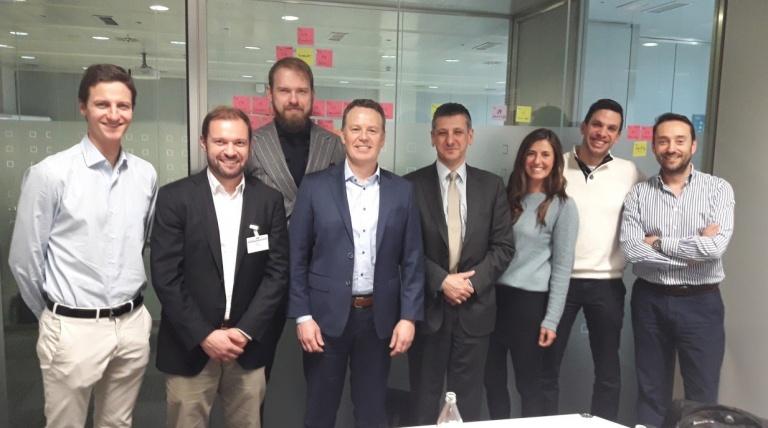We are a global operator of essential infrastructure
Grid2030 Program
Grid2030 is a multi-year collaborative innovation programme where Red Eléctrica de España and InnoEnergy together explore radically new socio-economic or technical innovations related to the operation of the electricity system and its associated transmission grid.
The aim is to anticipate the future challenges of the energy transition, identifying the needs of the TSOs and accelerating the development of disruptive technological solutions.
The programme is open to entrepreneurs from public and private entities, universities, research centres and companies from around the world, and has an annual allocation amounting to one million euros.
Presentation of finalist projects of challenges 1 and 2 and presentation
of new challenges 3 and 4.
Workshops held in April and May about challenges 3 – 4.
WHO IS IT FOR?
Grid2030 projects focus on innovation development with the objective of demonstrating that technology (below or at TRL4- Technology Readdiness Level 4), basic products, services or processes can work in a (future) business set up.
| Researchers | Startups | Corporates |
|---|---|---|
|
|
|
Why come on board?
 Professional support in innovation management
Professional support in innovation management Financing
Financing Access Red Eléctrica and Innoenergy network of experts and partners
Access Red Eléctrica and Innoenergy network of experts and partners Engage your teams in a one of a kind innovation program
Engage your teams in a one of a kind innovation program Gain extensive public exposure
Gain extensive public exposure Work hand in hand with your ecosystem
Work hand in hand with your ecosystem
ABOUT INNOENERGY
InnoEnergy is the Innovation engine for sustainable energy across Europe. We support and invest in innovation at every stage of the journey – from classroom to end-customer.
With our network of partners we build connections across Europe – together we accelerate the development of market-ready solutions, and create a fertile environment in which we can sell the innovative results of our work.
More information at http://www.innoenergy.com


In a future society with a CO2 free energy system the TSO must ensure continuous energy supply and maintain current levels of reliability in an efficient way. Among the many technical challenges to support this mission, Grid2030 will focus on the following:
Edition 2018. Challenges 3 and 4. COMPLETED

The objective of this challenge is to improve the knowledge of the physical state and real-time dynamic behaviour of the existing assets of the power transmission network.
For a Transmission System Operator (TSO), having a detailed knowledge of the physical state and real-time dynamic behaviour of its power transmission network is increasingly important in order to keep up with the rising requirements of the energy transition (large shares of renewable energy sources, electrification of the economy, active demand, new players in the power system, etc.).
Proposals for this challenge should aim at increasing the volume and value of systematic real-time and non-real time collection of relevant data about the physical state and condition of the transmission network. In scope of this challenge are among others solutions building on Internet of Things (IoT) to support decision making on asset maintenance, power system operation, monitoring, control and the introduction of greater automation.
Example areas of proposal might include (the list is non-exhaustive):
- Development of new sensors and tools to measure relevant parameters of the infrastructure, taking into account (i) their needs for power supply in autonomous conditions (energy harvesting), (ii) the constraints imposed by their large-scale installation and deployment in the existing infrastructure considering live-line working, and (iii) the safe transmission of the measured data.
- Development of new algorithms to estimate non-measurable relevant parameters on the basis of collected data (e.g., conductor sag).
- Advanced design of SDN (Software Defined Networks) for the communication network in order to facilitate its management and security.

The objective of this challenge is to identify new services and solutions for the TSO, based on emerging digital technologies that help facilitate the transition to an upcoming energy model that is cleaner, more decentralized, highly efficient, and at least as reliable as the present-day energy system.
The future of power systems is likely to be characterized by large shares of renewable generation, a highly electrified society and economy (with electric mobility playing a major role in that electrification), more decentralized resources, entirely new players, empowered end-users and a high level of power market integration. In this exciting context, Transmission System Operators (TSOs) need innovative ideas to keep the power system safe, reliable and up to the required quality standards.
Proposals for this challenge should aim at developing digital solutions which enable TSOs to play a leader role in the energy transition through their impact both on the power system and the society, while guaranteeing the continuity of supply.
Example areas of proposal might include (the list is non-exhaustive):
- The integration and use of emerging digital technologies to increase the efficiency of TSO services in the context of the energy transition.
- The integration and use of emerging digital technologies to create new services or solutions that TSOs can provide to foster the energy transition.
- The development of digital platforms to enhance the TSOs capabilities to ensure the security and quality of supply through monitoring and control of wider groups of system users, possibly via untapped B2B and B2C channels.
Edition 2017. Challenges 1 and 2. COMPLETED
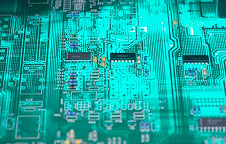
To accelerate the widespread deployment of power electronics in the system. Removing existing barriers to mass deployment of power electronics in the power grid of the future by reducing costs associated with these facilities or improving performance. This requires developing new configurations and optimized designs, new materials and advance control methodologies and interoperability, among other changes that could cause a disruptive change to the current state of technology.
System development based on power electronics solutions enables more reliable power management. Several features justify its deployment: It is adaptable to a wide range of applications because of its fast transient response capability, such as voltage and frequency instability problems; it is also a key technology for renewable generation, storage and facilitation of the active customer approach. Power electronics devices should be completely flexible and modular and allow for a compact and smart replacement of traditional solutions, thus implying low distortion in the network. Among other developments that could cause a disruptive change to the current state of technology, are:
- Development of new configurations, converter topologies and optimized designs with flexibility, robustness, compactness and modular features.
- Improvements on material (such as SiC and GaN) performances, in terms of: higher power ratings (so that they can be widely adopted for electric power applications); higher thermal conductivity (allowing high temperature operation with reduced cooling requirements); high saturation current velocity, giving high current density; higher breakdown electric field (increasing maximum blocking voltage of devices); and electron mobility (giving lower specific resistance for a given blocking voltage).
- Advance in control strategies, methodologies and interoperable capabilities with open communication architecture. Permitting an economic and technical optimization of local and global control levels regarding the application, facilitating high control and stability of the system as well as fast and high quality response;
- Explore how power electronics with advanced cable technologies can become an attractive alternative in future.
There are particular situations of special relevance for the application of power electronic solutions which an applicant may consider:
- Scenarios with a high penetration of wind power generation with high variability in short periods,
- Power flow modification,
- Isolated electrical systems,
- Voltage control support.
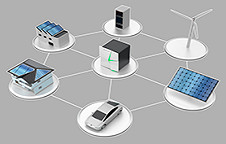
To develop new resources for system flexibility compatible with a carbon free energy system. Promoting advances in controllability of renewable generation, new or improved storage systems and components driving to significant cost reduction for the energy system as a whole. These improvements could come from the use of different materials, advances in production processes, design of new solutions or technologies, etc.
To develop new resources for system flexibility compatible with a carbon free energy system. Promoting advances in controllability of renewable generation, new or improved storage systems and components driving to significant cost reduction for the energy system as a whole. These improvements could come from the use of different materials, advances in production processes, design of new solutions or technologies, etc.
- Developing and testing of new storage technologies and/or hybrid solutions that could provide a full range of system services.
- Upgrade the performance of RES generators in order to provide system services and to overcome technical limits to their maximum penetration (voltage regulation/support; short circuit current, synthetic inertia, black start, …).
- New schemes to integrate demand side management as system service providers.
- Enhanced management capabilities and observability of EVs and other flexible loads.
- Tools and algorithms in order to monitor real time system flexibility.
- New components or techniques focused on better seizing the existing capabilities of the grid and increasing its operational limits.

Participants apply to as many challenges as they wish while the call is open.
Grid2030 team supports applications, answers questions and provides feedback to help participants draft the best applications.
The proposals with highest quality are invited to participate in the Orchestration stage. Here, several complementary applicants are matched together and receive support to commonly compose a proposal for a Grid2030 project. The main goal of the orchestration stage is to align the parties towards composing a proposal for maximum impact via integrated activities.
- To challenge and improve their proposal in a highly professional environment in order to increase their chances for success.
- To have an early access to the required ecosystem to successfully materialize their concept (whole value chain, first or exploratory customer, experts, network, etc.).
The best project proposals coming from the Orchestration stage are selected for execution and funding based on:
- The project description, plan and budget.
- The alignment of the proposal to the topic of the call.
- Featuring a collaborative approach, ideally involving the value chain and the adoption chain for the innovation. Special attention will be put on industry involvement.
- A maximum project duration up to a maximun of 2 years. Effort is to be covered both by the Grid2030 funding and the applicants own resources.
- An early commercial orientation and target towards disruptive business impact.
- An adequate and motivated development team led by a skilled and empowered project manager.

The current energy transition to a coal-free economy is profoundly changing the infrastructure of the grid globally as well as the management of the energy paradigm. The penetration rate of renewable energies has already reached 30% of the total installed capacity in some countries, and the pace of implementation is expected to accelerate in the coming years (up to 70% in 2030 according to the latest scenarios raised by ENTSO-E). Among other changes, the grid is increasingly interconnected, requiring the management of bidirectional power flows in its nodes and requiring greater flexibility. This means that the network will demand new features from its components. However, conventional power transformers are not prepared to support the new requirements, because they do not have intrinsically capable abilities with respect to the active support of the system. Therefore, it is necessary to develop power electronics solutions that meet the needs exposed in the power grid in an effective way and with reduced cost.
The FST (Flexible Smart Transformer) project consists in the development of a new multipurpose device with additional advantages compared to very high voltage power converters. First, it proposes a coupling through dielectric medium instead of a closed ferrite core at the stage of the high frequency transformer to reduce weight significantly, give intramodularity and scalability to the system, and perform in a simple way the Very high voltage insulation design. Second, the use of SiC (silicon carbide) technology helps reduce the volume of the entire system. All these features help to drastically reduce maintenance and transportation costs.

Some of the potential applications are: solid state transformers (SST); AC / AC converters; HV Flexible AC Transmission Systems (FACT); High voltage energy storage systems (ESS); HVDC links; HV DC / DC; UPFC (Unified Power Flow Controller) and offshore wind farms.
Given the enormous possibilities offered by this new disruptive technology and to make the most of its benefits, the development of this project will focus on the potential practical application of a REAL case of the Transportation Electric Network, Bescano-Sentmenat 400 kV line, with the objective of mitigating the oscillations between areas paying special attention to the reactive power compensation and power flow control.
First, it will begin with a prototype phase applicable to only two modules to later reach the final objective through the serial-parallel association of individual modules until a UPFC (Unified Power Flow Controller) device with these characteristics is reached:
- Rated voltage: 400 kV.
- Power of transmission line: 2400 MW.
- Reactive power of shunt shunt side: 150 MVAr.
- Equivalent series impedance: 20 ohms capacitive at 1000 MW.

REE, as TSO, is responsible for generating and maintaining the transmission system of the power grid. Because of this, their responsibilities include having sufficient capacity to respond to the country’s electricity demand. In addition to this, all TSOs are aware of the need to maintain network quality in the system. And they not only care about the network quality requirements of the devices connected to it, but also about making resources available to restore it to acceptable values for supply. FST devices will a tool with great added value to meet these goals.

Transmission System Operators (TSOs) are in charge of delivering electricity in an efficient, resilient and safe manner. Renewable energies (wind and photovoltaic) have a rising role in the electrical systems and are going to become an important element to control. These new generation units are not based on conventional generation technologies and due to their uncertainty and its different technology, it is necessary to define an optimum performance. Transmission System Operators (TSOs) need innovative ideas to keep the power system safe, reliable and up to the required quality standards.
Scientific and technological progress has improved the functionalities that renewable generation units can provide to support the grid. TSOs must be aware and take advantage of the new capabilities that these new technologies can achieve and use them for the electric power system to operate optimally. We’ll develop a tool that will help REE define how these new agents such as solar generation, wind plants or mass storage elements will behave, to optimize the frequency response of the system. New energy resources based on power electronics offer the possibility of a wide range of behaviours.
It is expected for ENIGMA to be a strategic tool for REE, , helping to envision and define the future grid in diverse business areas: Planning Department, Demand management, Control System, etc. ENIGMA addresses future challenges in several aspects:
- Define the minimum technical requirements for PV and WTG.
- Suggest control functions to be included within new versions of Grid Codes, or services.
- Simulate future scenarios and predict the impact on grid stability.
- Define optimum parameters for control functions of elements connected to the grid.

After more than 3 years of research, the FST (Flexible Smart Transformer) project has been successfully completed. Funded by the Grid 2030 innovation programme, the project has consisted in the development of a wireless power transfer module with a high capacity of isolation between the primary and the secondary side, allowing the development of new applications.
The FST project consists of the development of a new multi-purpose device with additional advantages compared to very high voltage power converters. Firstly, it proposes a magnetic coupling through a dielectric medium instead of a closed ferrite core in the high-frequency transformer stage. This modification reduces the weight significantly, gives intra-modularity and scalability to the system, and achieves a simple design of the very high voltage isolation. Secondly, the use of SiC (silicon carbide) technology helps to reduce the volume of the entire system. All these features help to drastically reduce maintenance and transportation costs.
On the other hand, it is expected to contribute to the decisive transformation of the current transmission grid paradigm to meet the challenges of decarbonisation of society. In fact, this innovation contributes to remove traditional insulations such as mineral oil, which means a significant reduction of pollutants. This new insulation method also allows for a significant volume reduction, which will contribute to a better integration from an environmental impact point of view.
Some of the potential applications are: Solid State Transformers (SST); AC/AC Converters; HV Flexible AC Transmission Systems (FACT); High Voltage Energy Storage Systems (ESS); HVDC Links; HV DC/DC; Unified Power Flow Controllers (UPFC) and Offshore Wind Farms.
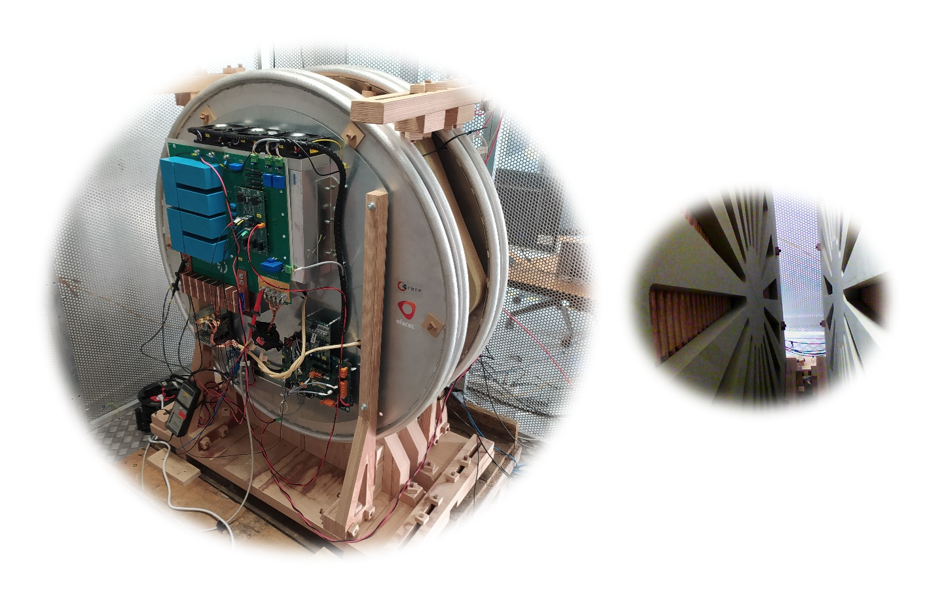
The particularity of this development lies in the fact that it is designed for use in high-voltage transmission grids (230kV and 400kV in Spain) as a unified power flow controller (UPFC). This uniqueness poses two fundamental challenges, which have been tackled throughout the execution of the project:
- - The device has had to be designed (based on a patent registered at the Spanish Patent and Trademark Office, reference number ES3462.6) in order to be connected to very high voltage networks. This challenge has been fixed using an inductive coupling in order to transfer power, solving the isolation problems presented by traditional dry transformers. On the other hand, the design has also considered achieving high voltage values by means of serialisation and parallelisation of several modules. This is possible because the system works with floating voltage references.
- - The usual design of these devices is unidirectional, due to the nature of inductive power transfer applications (always from the grid to the load). Nevertheless, the FST module allows a bidirectional power transfer. This key feature enables an effective control of power flows within the network.
Both challenges have been successfully overcome, resulting in a module capable of overcoming these two technological barriers. The technical specifications of this device are listed in the following table:
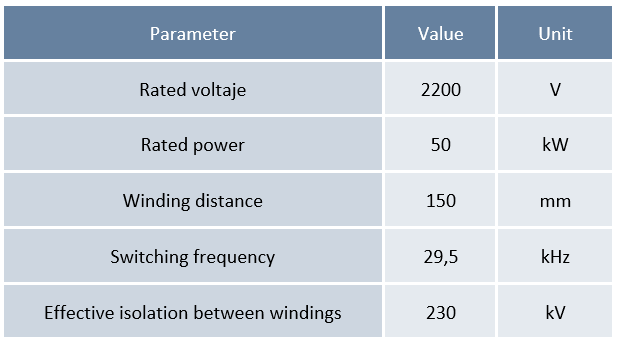
A test bench has also been successfully executed to check the operating characteristics of the device, where it has been possible to evaluate the correct performance of the module.
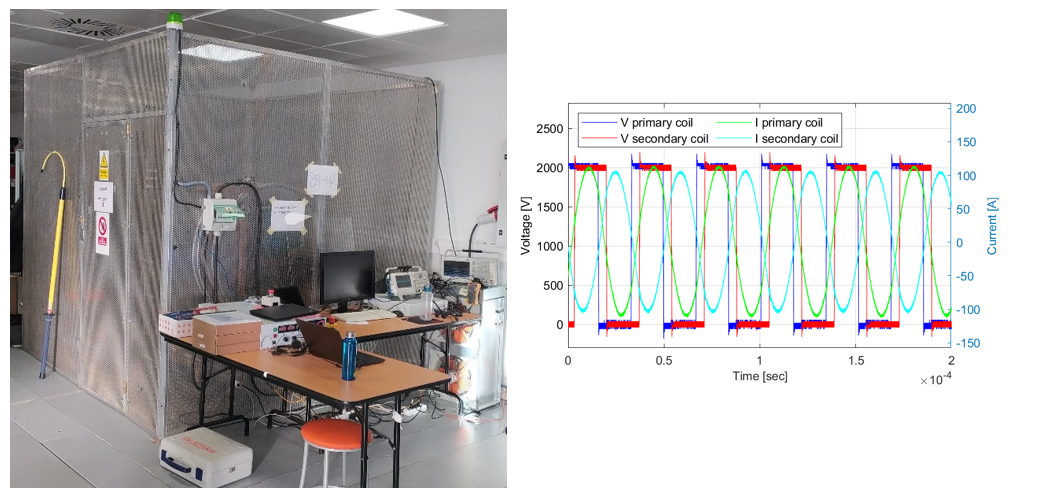
The manufacturing of an UPFC based on the technology developed in the FST project will provide an ideal power electronics solution for the decarbonisation of the energy sector demanded by the current energy transition, achieving a substantial improvement in several aspects:
- - Controllability of the electrical grid, as it will allow leading power flows, as well as controlling voltage levels, thus facilitating the penetration of renewable energies.
- - Stability of the power grid, allowing the integration of additional impedance to avoid inter-area oscillations.
- - Cost reduction, achieving a more efficient grid by means of power flow control, reducing transport costs as it is a totally modular system, reducing maintenance costs, etc.
- - Environmental, as it is a cleaner equipment, with no need for coolant, thus eliminating the risk of contamination by waste.
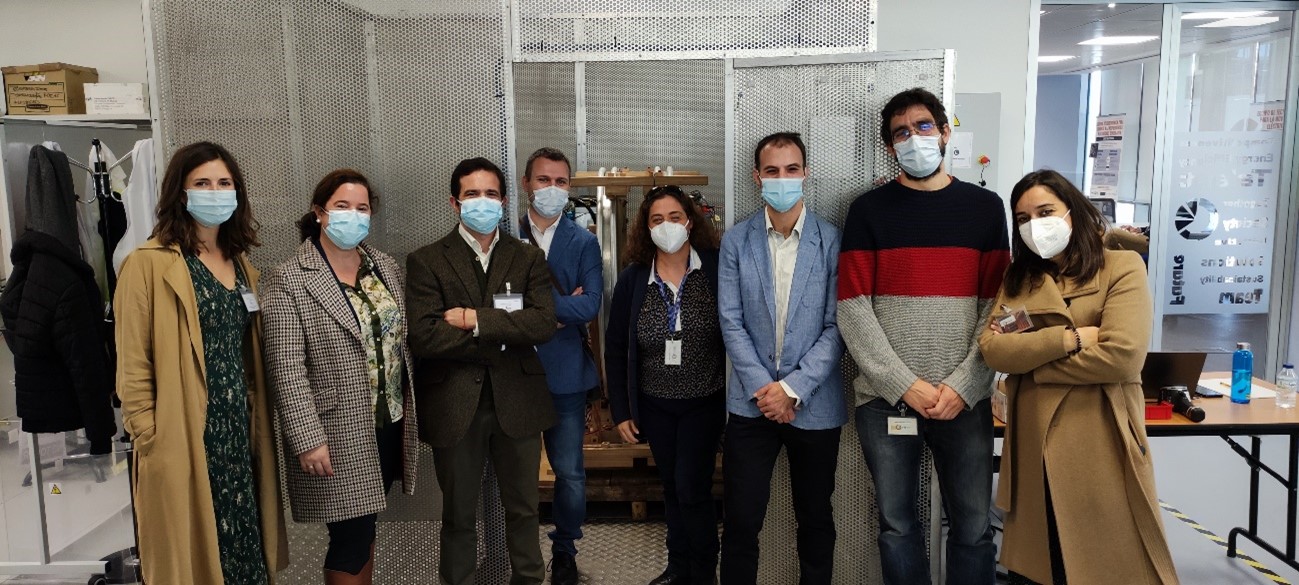
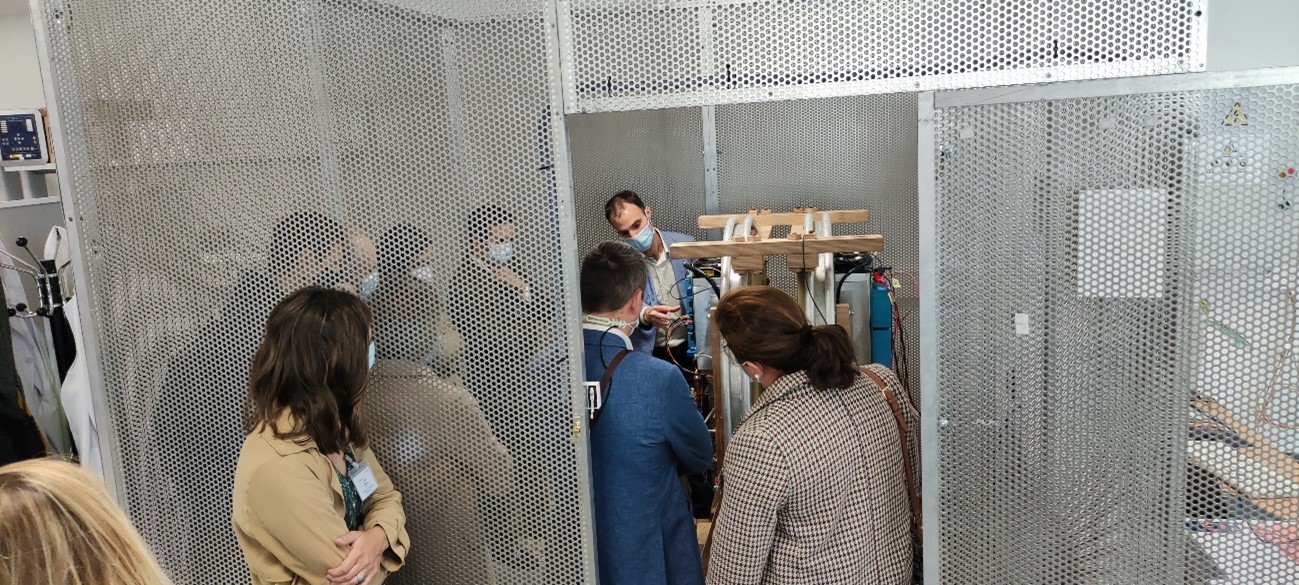

The GRID2030 RITSE project of two (2) years duration addressed a specific power system stability issue - the transient stability. To build the most valuable solution for TSOs like Red Eléctrica, it was essential to sort and focus the solution features in order to align with what the customers find most compelling, i.e. the implementation of the technical solution as well as the market needs. Through the “Reduced Inertia Transient Stability Enhancement” (RITSE) project, SuperGrid Institute and IMDEA created a partnership to improve the transient stability of the AC networks by coordinating the use of batteries (BATTERTIA concept) and HVDC links supplementary control (Dynamic Virtual Admittance Control -DVAC concept). in the context of inertia reduction for system stability and ancillary services, the project development lines were as follows:
- - To assess the proposed control solutions on realistic power network by considering existing measurements as well as industrial hardware implementation.
- - To provide guidelines on technical requirements usable for Red Eléctrica to elaborate technical specifications of solutions.
- - To describe the value chain of such solutions in both regulation and market design for ancillary services.
- - To elaborate the go-to-market strategy.
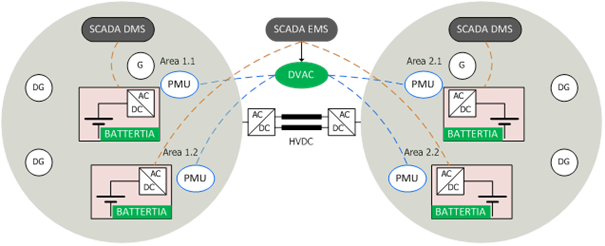
RITSE Inter-area and intra-area transient stability concept
The DVAC concept proposed and developed by SuperGrid Institute consists of an innovative method to control embedded into the AC network VSC-HVDC links in order to contribute to the transient and small signal stability improvement of electrical systems. The control scheme computes the necessary active power references for each station of a VSC-HVDC link allowing it to emulate the behaviour of a self-tuning loss-less AC transmission line connected in parallel with this VSC-HVDC link. The associated control law is derived in order to determine the instantaneous value of the virtual admittance based on the state variables and the parameters of the system, brought by performant measurement systems. The main objective is to improve the rotor angle stability of the system and implicitly ensure the synchronization of two AC interconnected networks.
The motivation behind the deployment of the DVAC control is the participation in the system stability after being exposed to instabilities essentially due to the reduction of its inertia. The ambitious target set by the EU concerning the integration of renewable energies will increase the sharing of power electronics and as a consequence reduce the inertia. As a result, supplementary control to deal with instability issues is needed. The DVAC control concerns essentially the embedded into the AC network VSC-HVDC links. The growth of VSC-HVDC links market and the numerous installed and planned HVDC projects gives the DVAC a promising future from the market point of view.
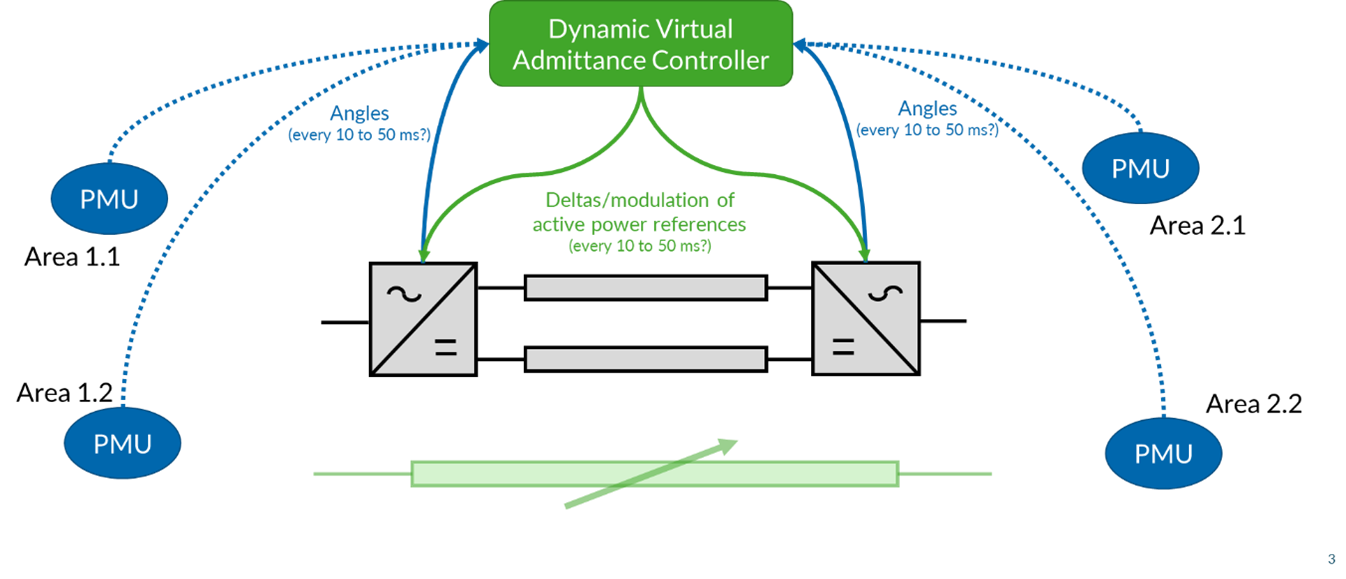
DVAC Proposed control structure for providing support to the surrounding AC grid
IMDEA Energy Institute introduced of a novel control concept for battery-supported power electronics interfaces called BATTERTIA. Unlike the existing power battery converters offering only active and reactive power controls, BATTERTIA has the same inertial and voltage support characteristics as a synchronous generator offering enhanced voltage support and inertial services to electricity network operators. In this way BATTERTIA helps the network operators retain and improve transient and voltage stability properties during the on-going process of power system decarbonization. BATTERTIA control system is based on a grid power converter coupled with the battery system. A custom made Virtual Synchronous Machine (VSM) concept was used for the control of the power converter and a battery State of Charge (SOC) controller was tuned to provide only the inertial response. Inertial properties can be configured according to the user specifications.
It was demonstrated that BATTERTIA represents the enabling technology for the batteries to enter ancillary service market and compete with existing inertia reserves provided by rotating machines. As such, it has a direct impact on DSO and TSO capacity to operate MV and HV networks, secure the power system stability and allow a massive and safe connection of Renewable Energy Sources.

BATTERTIA overview – power stage and the measured quantities

The ENIGMA project, developed under the Grid2030 program, looks for solutions based on AI to optimize the stability of the Spanish power system. Its main objective is to develop new control techniques which would allow frequency stabilization in the event of possible future contingencies, based on smarter management of renewable capacity. The increasing incorporation of renewable plants into the grid, connected through power electronics, poses a new scenario where traditional control systems may be overwhelmed. A new system capable of adapting to such changes and controlling the grid in an optimized way is needed.
Reinforcement Learning (RL) is one of the Machine Learning paradigms with the greatest potential for the development of new control systems to solve these new scenarios. In this paradigm, an RL agent interacts with an environment, generally simulated, and receives a reward depending on the quality of its actions. The objective of this agent is to maximize this reward signal by exploring an immense space of possible control policies. Once trained, this agent could be deployed in the real environment to achieve the desired objectives.
Within the ENIGMA project, a training platform for RL agents has been developed. One of the pillars of this platform is a power grid simulator in which the island of Gran Canaria has been modeled. Thanks to its fast execution times, the agents have been able to be trained in hundreds of thousands of possible scenarios, thus learning to control the future renewable plants of the grid and to respond appropriately to possible contingencies. These agents have been developed under different communication configurations, emulating possible scenarios that may occur in the future. These agents manage to improve the existing response and to propose the most convenient new scenarios for the future.
In future scenarios where the energy mix is mainly composed of controllable renewable generation and little conventional generation, the developments of the Enigma project facilitate the control of the frequency response of the former systems and lead the way to the incorporation of AI in control centers. Results of the project showed a reduction in the contribution of conventional energies by up to 42% in favor of renewable generation.
The following figure shows an example of an episode response in which a significant loss of demand is simulated at t=0, resulting in an over-frequency episode. On the left is shown the frequency response of the RL agent compared to the actual system response (PO12.2). On the right is shown the active power of the controlled renewable energy inverter generators along with the setpoint (dotted line) sent by the RL agents. The response of the agents not only allows, as can be seen in the image on the left, to reduce the frequency deviation, but also produces a response that would not be possible to obtain using the current proportional controller.

With the Enigma project it has been demonstrated that, faced with the future concern of system inertia loss and its implication on frequency stability, AI-based technologies and simulation environments are a valid alternative to guarantee system stability.

